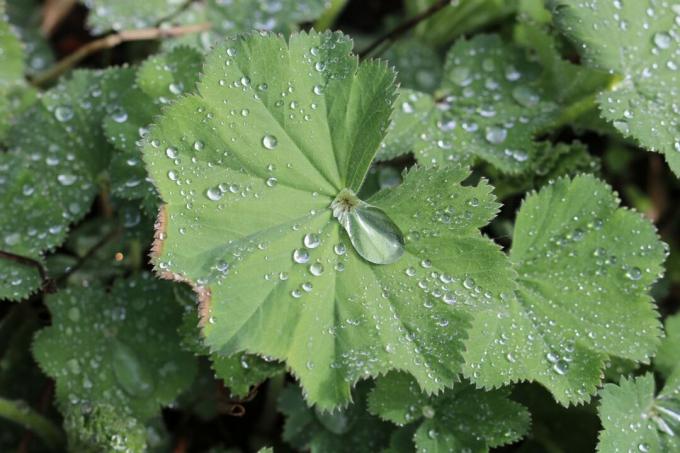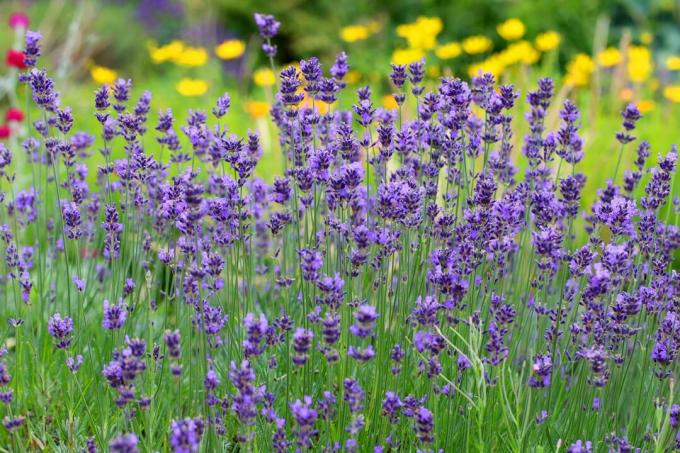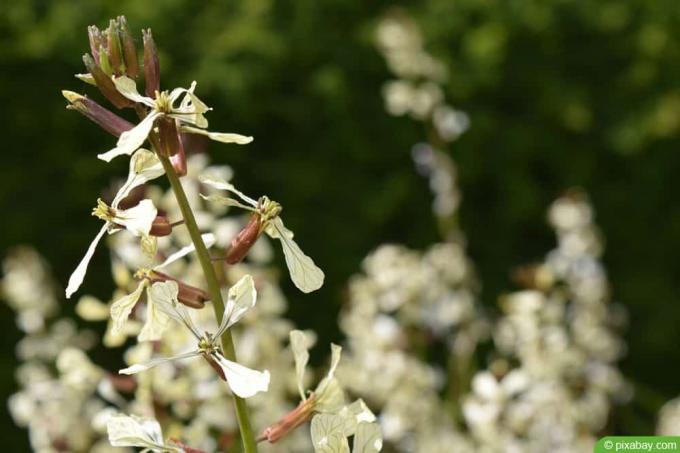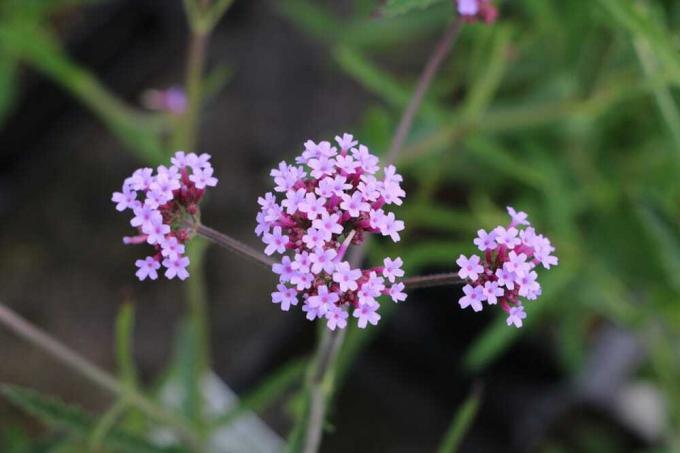

Table of contents
- Alchemilla
- planting
- location and soil
- care measures
- Don't water too much
- Cut
- No winter protection needed
- possible uses
- propagation
- diseases and pests
As a classic ground cover, the lady's mantle is one of the most popular plants in our gardens. The soft lady's mantle in particular is widely represented.
Alchemilla
Alchemilla, the botanical name for lady's mantle, is one of the so-called garden perennials. The plant, of which more than 1,000 species are known, is very popular as a ground cover in the garden. In the botanical classification, it belongs to the so-called rose plants, which are also given the Latin name Rosaceae. The reasons for the great popularity of the plant, as a rule, are:
- forms dense stands relatively quickly
- flowers for a very long time and intensively
The individual types of lady's mantle are usually distinguished in comparison with the most widespread type, namely the soft lady's mantle. Of course, the plant also occurs outside of our gardens. In the wild, it is primarily found in highland meadows and forest clearings. Distribution areas are Europe and Asia. Whether in nature or in the garden - all species belong to the low-growing perennials. The maximum growth height ranges from 45 to 60 cm.
planting
In principle, Alchemilla can be planted almost all year round. Like virtually all other perennials, lady's mantle tends to do best when planted in fall or spring. Immediately after application, the plants should be watered regularly. This also applies after a somewhat longer dry period.

location and soil
The claims of the lady's mantle to its location are extremely low. Depending on the species, a sunny location is tolerated as well as a shady or semi-shaded location. Basically, all species prefer a more permeable and nutrient-rich soil. But the plants also tolerate heavy loamy soils. However, some species also love special site and soil conditions:
- Alchemilla glaucescens prefers dry and lean locations
- Alchemilla epipsila, on the other hand, prefers a fresh and damp location
- the small, the felted and the silver lady's mantle love rock gardens or a rocky steppe
care measures
Alchemilla mollis, the soft lady's mantle, has a strong tendency to self-seed. This sometimes leads to him getting the upper hand in the bed. Normally it is sufficient to rip the young plants out of the ground or to pluck. This process must be repeated regularly. Otherwise, all Alchemilla are extremely easy to care for and do not require much work.
Don't water too much
All types of lady's mantle should be watered regularly, but not too much. Waterlogging must be avoided at all costs. Waterlogging can cause root rot, which can even cost the plant its life.
Cut
A pruning of the lady's mantle should always be as close to the ground as possible. The ideal time for this is after flowering. The advantages of such a pruning are obvious:
- restraint of growth
- stimulates vigorous new growth
All types can be cut with conventional pruning shears or with a sharp knife.
No winter protection needed
All types of lady's mantle can cope with the cold season in winter without any problems. So they are hardy. A special winter protection of the plant is therefore not necessary.

possible uses
In most cases, the plant is used as a ground cover. Thanks to the yellowish-green flower color, it is also perfect as a combination partner for a whole range of perennials.
Their shapes and colors usually play a subordinate role. It is only important that they have the same site conditions as the lady's mantle. Due to their low growth, the small perennials are also conceivable as bed borders. Alchemilla xanthochlora has also been known as a medicinal herb since the Middle Ages. It is antispasmodic and analgesic, which is why it has been used for menstrual and menopausal symptoms for hundreds of years. The plant is usually consumed as a tea. However, it is important that only the leaves are used for brewing. The leaves should also be harvested before the plant begins to flower.
propagation
All types of lady's mantle can be propagated relatively easily by plant division or by sowing. When sowing, however, it is important to note that the plant is a so-called light germinator. In concrete terms, this means that the seeds may only be lightly sieved over with soil. Under no circumstances should it be applied too thickly or tamped down.
diseases and pests
All of the species of lady's mantle represented by us are known to be extremely robust. There is no susceptibility to diseases or any pests. It is therefore not necessary to take special protective measures. However, if the plant is watered too much throughout the year, false or powdery mildew can sometimes develop. Both diseases are best treated with biological or chemical agents from the garden or hardware store. The plants then recover relatively quickly and continue to grow normally.
 garden editorial
garden editorial I write about everything that interests me in my garden.
Learn more about garden herbs

Lavender, Lavandula angustifolia: 14 tips of care
Compared to other lavender varieties, Lavandula angustifolia is hardy down to temperatures of -15°C. In addition, he does not place very high demands on the location. It only needs to be sunny and sheltered from the wind and it loves lean, well-drained and calcareous soil.

Rosemary leaves have white spots: what to do?
Rosemary can be affected by white spots all year round. Before using home remedies, the problem should be investigated. If site conditions and care measures are optimal, diseases and pests can be the cause. Fungi require different control measures than harmful insects.

Rocket is blooming: is it still edible when blooming?
Rocket, also known as rocket, is a traditional cultivated plant that has been somewhat forgotten in recent years. It is now back in fashion and can be found in numerous dishes as a raw vegetable salad, side dish or herb.

Make your own mint tea – What is the effect of fresh mint tea?
Mint tea tastes best when you brew it from freshly picked mint leaves. In this way, the aromatic herb unfolds its healing effect against all kinds of ailments. However, there are also contraindications, because fresh mint tea can also have undesirable side effects.

Harvest peppermint when it blooms? | What to watch out for with mint
Due to its spicy flavor and easy-care properties, peppermint has become widespread in the local latitudes. Only the leaves need to be harvested for consumption. However, there are a number of factors to consider during the flowering period, as the flavor then changes significantly.

c: Profile | Caring for and harvesting verbena
Verbena has established itself as a popular plant in the local latitudes thanks to its strong growth potential and long-lasting flowering period. In addition to a distinctive appearance, the plant known as Verbena also has healing properties. This places certain demands on care and location.



